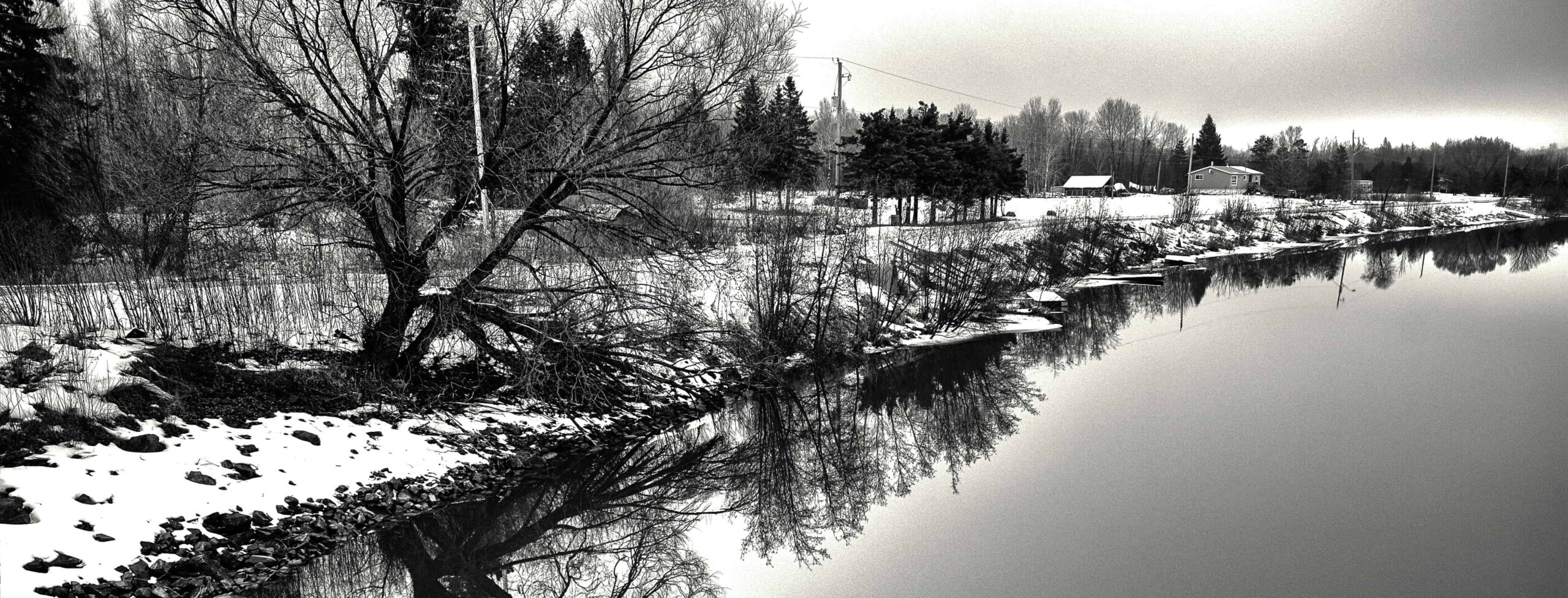- About
- Research
-
-
- Special Reports & Features
- Pretendians and Publications: The Problem and Solutions to Redface Research
- Pinasunniq: Reflections on a Northern Indigenous Economy
- From Risk to Resilience: Indigenous Alternatives to Climate Risk Assessment in Canada
- Twenty-Five Years of Gladue: Indigenous ‘Over-Incarceration’ & the Failure of the Criminal Justice System on the Grand River
- Calls to Action Accountability: A 2023 Status Update on Reconciliation
- Data Colonialism in Canada’s Chemical Valley
- Bad Forecast: The Illusion of Indigenous Inclusion and Representation in Climate Adaptation Plans in Canada
- Indigenous Food Sovereignty in Ontario: A Study of Exclusion at the Ministry of Agriculture, Food & Rural Affairs
- Indigenous Land-Based Education in Theory & Practice
- Between Membership & Belonging: Life Under Section 10 of the Indian Act
- Redwashing Extraction: Indigenous Relations at Canada’s Big Five Banks
- Treaty Interpretation in the Age of Restoule
- A Culture of Exploitation: “Reconciliation” and the Institutions of Canadian Art
- Bill C-92: An Act respecting First Nations, Inuit, and Métis Children, Youth and Families
- COVID-19, the Numbered Treaties & the Politics of Life
- The Rise of the First Nations Land Management Regime: A Critical Analysis
- The UN Declaration on the Rights of Indigenous Peoples in Canada: Lessons from B.C.
- View all reports.
- Special Reports & Features
-
-
- Yellowhead School
- The Treaty Map
- LIBRARY
- Submissions
- Donate
THE MAPPING INDIGENOUS YOUTH SERVICES PROJECT began due to the alarming rate of crises experienced by Indigenous youth in Ottawa lacking vital support.
The grassroots Indigenous youth-led and youth-driven non-profit organization, Assembly of Seven Generations (A7G), often intervenes to provide essential services while having no access to program funding or dollars. Guided by traditional knowledge and Elders, A7G provides support and empowerment programs/policies for Indigenous youth to do cultural wellness reclamation. A7G programs have seen youth facing crises such as homelessness, addiction, pregnancy, sexual assault, challenges with staying in school, mental illness, and suicide, due to inter-generational trauma and systemic racism.
While these issues are rampant, resources to support youth in these crises are often so problematic they are unfit for youth to access or they are non-existent.
Utilizing research ethics from Indigenous Youth Voices: A Way Forward in Conducting Research with and by Indigenous Youth, five Indigenous youth undertook the following:
- led a focus group with other Indigenous youth;
- sent out calls to service providers for information on their services;
- conducted an environmental scan of all services listed for Indigenous youth or any youth in the Ottawa area; and,
- did a literature review of important Indigenous youth-led reports which then informed a database and interactive map as part of the report.
The database and interactive map will be hosted and kept up to date by A7G. The services listed in the database and interactive map include housing, health, culture, employment/skills and education. Best practices and inclusive services identified and recommended by Indigenous youth are amplified and highlighted in the report and interactive map. The interactive map which identified all of the database information and recommended services are listed here.
Unfortunately, although Indigenous youth service providers of Ottawa were invited to the focus group, none attended. Many features of these services proved to be non-existent upon attempts to access them.
Many service providers have “dead links” on their websites or require a user to fill out a contact form with no access to staff contact lists. Some services are only accessible through referrals from other service providers or formal institutions such as schools, probation officers or hospitals. The services are almost always palliative rather than preventative.
“Some youth felt that trying to access services was like a full-time job.”
Other major barriers identified by the youth were:
- Service providers and staff who are ignorant to Indigenous histories and realities, which result in inappropriate behaviour and comments when serving Indigenous youth
- Majority of services were located in downtown Ottawa or in Vanier making it very challenging for youth living further east, south or west within the city to access services
- Of the services providers listed in the database and interactive map, Indigenous youth only recommended 16 of these services.
It is very evident that the services and options available are very limited and in addition, there is a need to support Indigenous youth in finding appropriate and adequate services in a formal way. Indigenous youth in Ottawa would often stumble upon services or would fortunately find services due to an auntie, uncle or auntie type figure in their life.
The well-being of Indigenous youth should not be reliant on luck or chance, there has to be dependable and accessible ways for Indigenous youth to navigate the various systems in place.
Some of the recommendations that were specific to the Ottawa area include:
- The creation of an Indigenous youth-led Service Navigator and Service Navigator Think Tank
- Systemic cross-sectoral changes that take the lead of Indigenous youth to determine their own solutions
- Cultural competency training for all service providers and their staff to better serve Indigenous communities and youth
Lastly, knowing that there are gaps in services for Indigenous youth is not enough, we must act and report on these gaps. We can do so by requesting services needed for First Nations youth through Jordan’s Principle and by continuing to advocate for equitable and non-discriminatory services for all Indigenous youth.
Citation: Kelly, Madeleine Ienerahtahawi and Gabrielle Fayant. “Mapping Indigenous Youth Services in Ottawa.” Yellowhead Institute, 1 May 2020, https://yellowheadinstitute.org/2020/05/01/mapping-indigenous-youth-services-ottawa/



